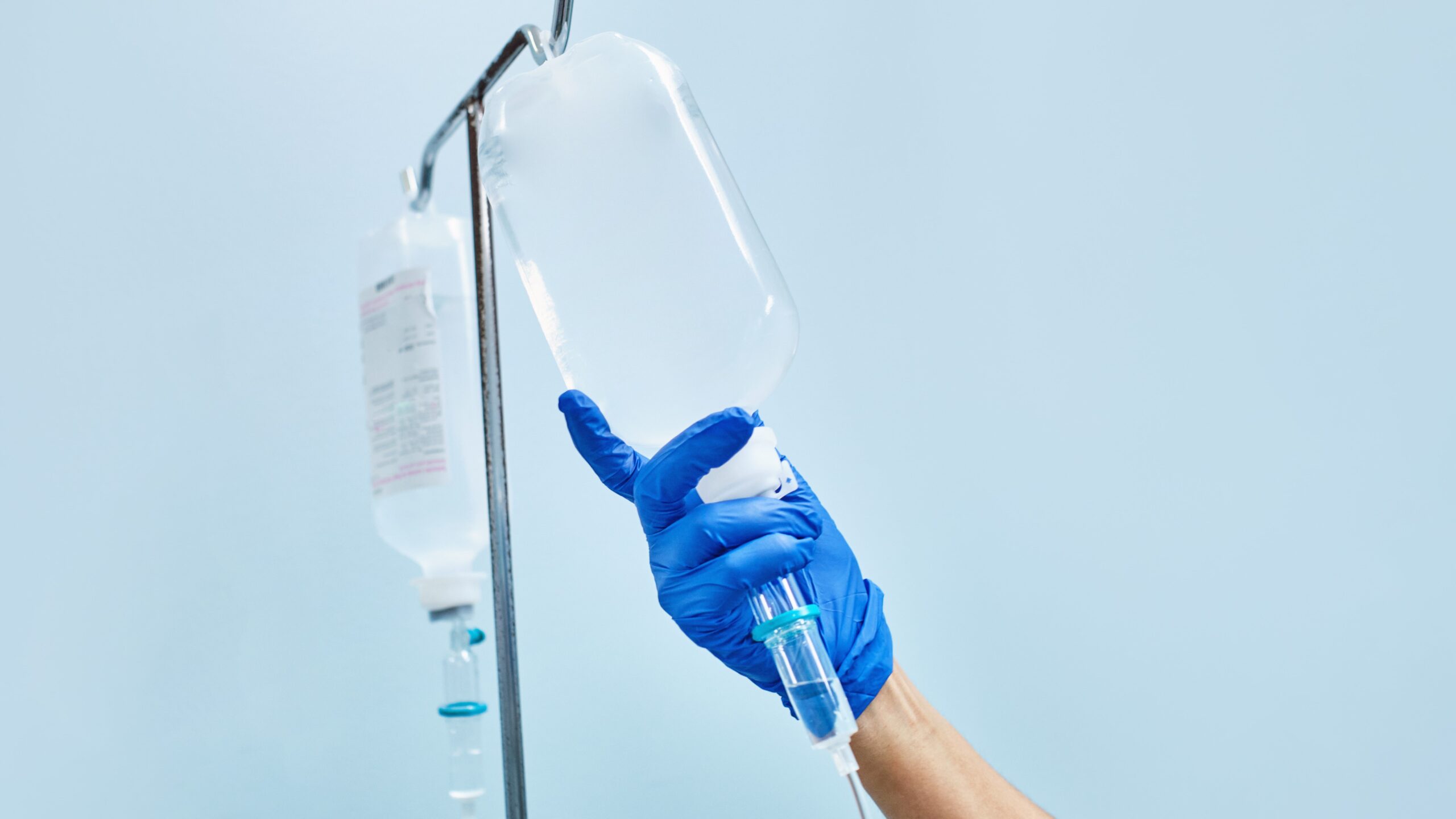
In patients with sickle cell nephropathy and volume overload, acute diuresis is complicated by gout flares and vaso-occlusive attacks. First-line therapy to manage volume overload calls for loop diuretics. Aquapheresis (AQ) is an alternative method of fluid removal in patients with sickle cell nephropathy and secondary pulmonary hypertension with associated refractory gout and sickle pains upon intravenous (IV) diuresis. AQ consists of the extracorporeal extraction of plasma fluid from the vascular space across a semi-permeable membrane.
During a poster session at ASN Kidney Week 2024, Hatem Najar, MD, and colleagues at Thomas Jefferson University Hospital, Philadelphia, Pennsylvania, presented a case report of a patient with sickle cell nephropathy, gout, and pulmonary hypertension. The poster was titled Aquapheresis: An Alternative Method of Controlled Fluid Removal in the Setting of Hypervolemia and Refractory Gout in Sickle Nephropathy.
The patient, 48 years of age, presented with shortness of breath and bone pain. Results of the physical examination revealed hypoxia, lower extremity edema, and bone tenderness. Pulmonary edema was shown on chest x-ray. The diagnosis was sickle cell crisis and hypoxic respiratory failure secondary to volume overload. The patient was initiated on IV furosemide and analgesics.
Despite appropriate treatment with diuresis, the patient developed severe pain in the right wrist, consistent with an acute gout attack, and his vaso-occlusive attacks worsened. Following a decrease of the IV diuretic dose, he developed hypervolemic respiratory failure. Kidney function remained stable.
Specifying an hourly ultrafiltration rate to control fluid removal in AQ provided controlled fluid removal. Over several days following initiation of AQ and stopping IV diuresis, the patient’s weight dropped by 10 kg. His respiratory status significantly improved and he experienced remission in his gout flare and a drop in serum uric acid levels from 10.6 mg/dL to 4.9 mg/dL. In addition, his vaso-occlusive pains improved.
In summary, the authors said, “AQ was successful in treating hypervolemia in a patient with sickle cell nephropathy and a stable renal function. Uncontrolled and excessive fluid removal using IV diuresis can exacerbate vaso-occlusive disease and precipitate gout flares in patients with sickle cell nephropathy. Controlled fluid removal using AQ reversed the acute rise in uric acid mitigating gout flares and alleviating vaso-occlusive disease with improved pain control. AQ promises to be a superior method for controlled fluid removal in hypervolemia in patients with sickle cell nephropathy complicated by volume overload and hypoxia.”
Source: Najar H, Rashid U, Zhang J, Arif H, Maarouf OH. Aquapheresis: an alternative method of controlled fluid removal in the setting of hypervolemia and refractory gout in sickle nephropathy. TH-PO377. Abstract of a poster presented at the American Society of Nephrology Kidney Week 2024; October 24, 2024; San Diego, California.







 © 2025 Mashup Media, LLC, a Formedics Property. All Rights Reserved.
© 2025 Mashup Media, LLC, a Formedics Property. All Rights Reserved.